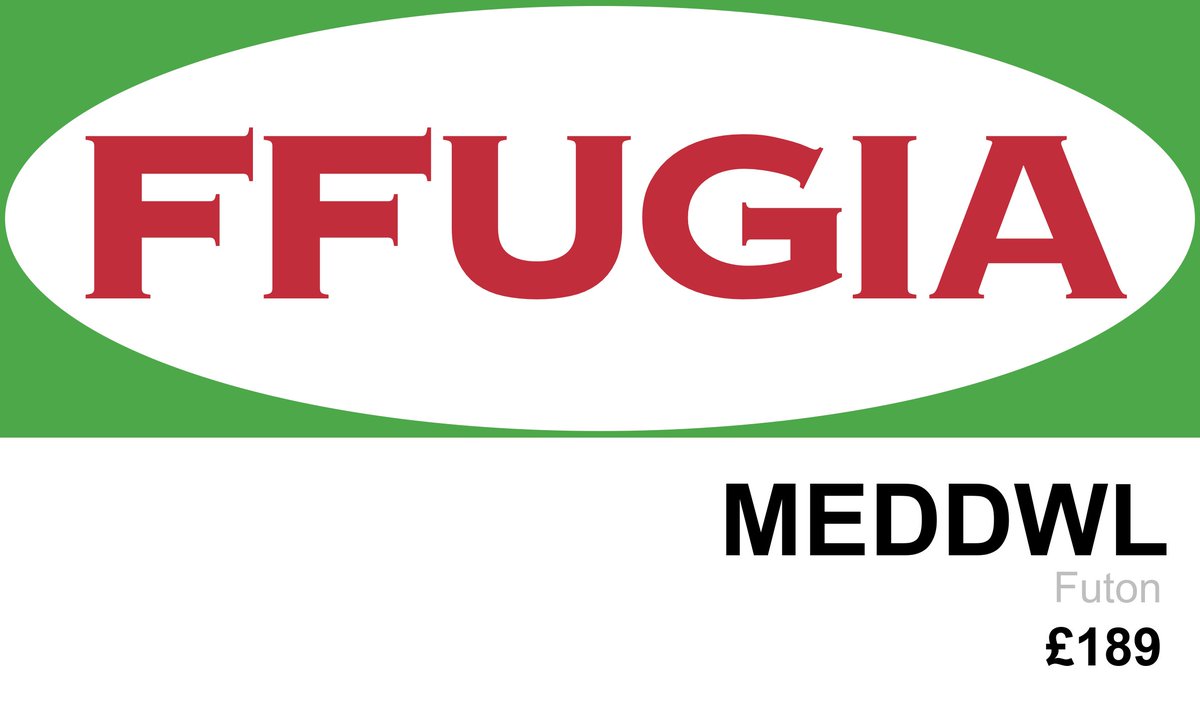Code-blending is the simultaneous productions of (aspects of) an utterance in sign and speech.
This is not the same as SimCom🚫, but something that can reveal the structure of and interaction between languages. #LingCologne
This is not the same as SimCom🚫, but something that can reveal the structure of and interaction between languages. #LingCologne

But what happens if one of the two languages still has an emerging grammar — as in bimodals using Nicaraguan Sign Language? #LingCologne
On the regularization of space in NSL, Deanna asks the audience to do what she does. She raises her right hand. ✋ Most people raise their right hand too. ✋✋✋ "It doesn't matter, but over time you might converge on a conventionalized way." #LingCologne
Personally I raised my left, but mostly because I'm live tweeting with my right (you're welcome).
#LingCologne
#LingCologne
Whereas cohort 2 of NSL innovate new word orders, CODAs with cohort 1 parents only use the word orders represented in their parents! #LingCologne 

... and CODAs are much more prone to using SVO than the deaf signers. Hypothesis is that this is an influence from Spanish (bilingual transfer)! #LingCologne 

NSL may be developing its own preferred word order (SOV), but CODAs seem to be resorting to an order familiar from Spanish (SVO). #LingCologne
Future work will look at the data in more detail, adding more variables to the coding (thematic roles, etc) to explore the effects further. Yay data! #LingCologne
Concluding with a teaser for her presentation at #TISLR13 (more details there) and acknowledging mentors on the project: @MarieCoppola68, @ann_senghas & @DLilloMartin
#LingCologne
#LingCologne

• • •
Missing some Tweet in this thread? You can try to
force a refresh













